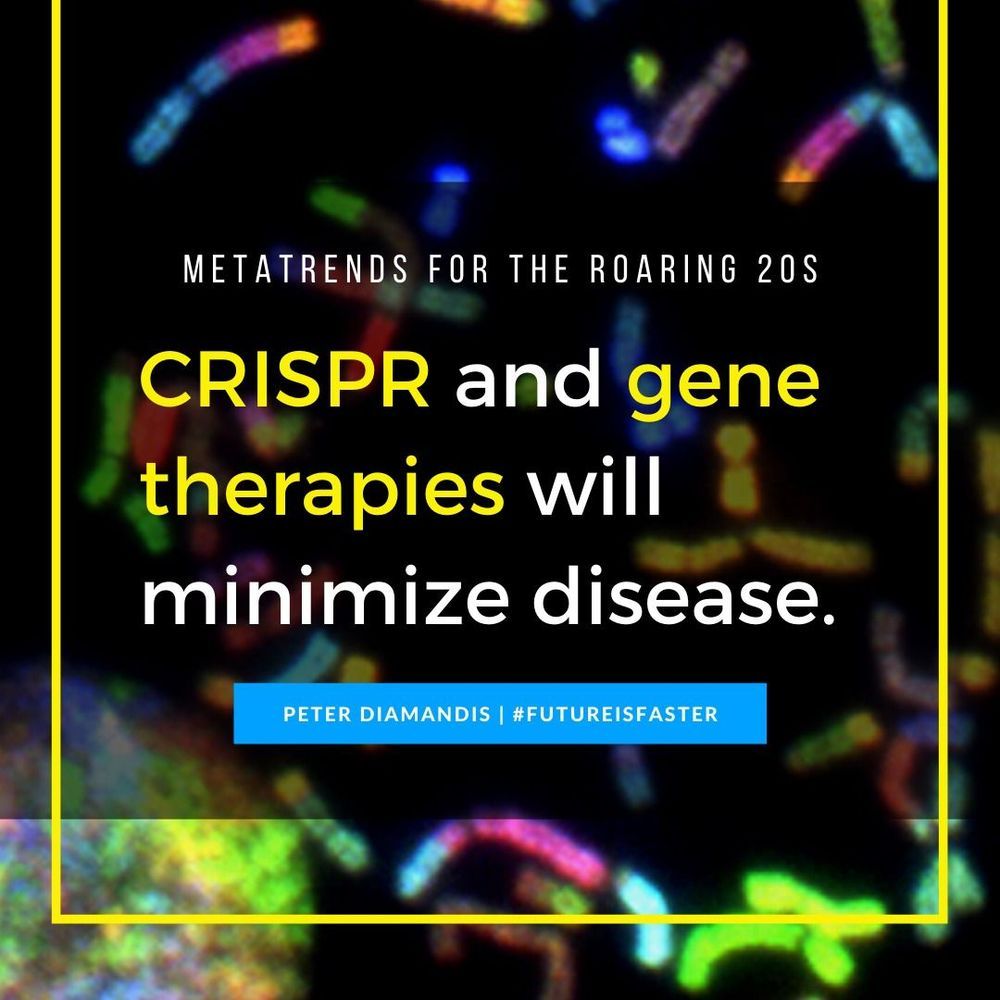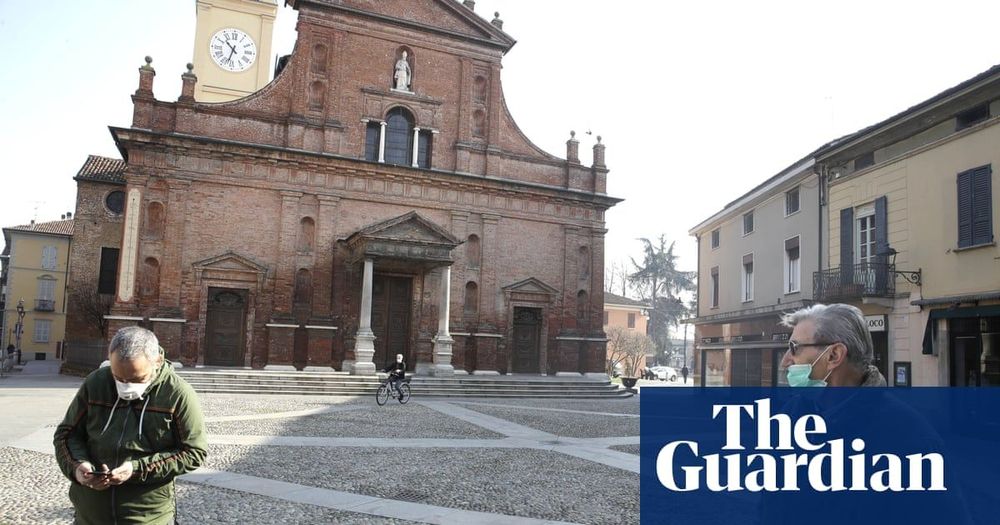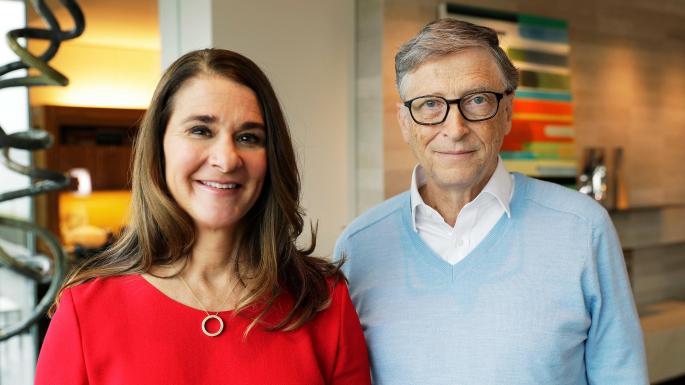Category: biotech/medical – Page 2,380

Your stories from the coronavirus outbreak
The restrictions have also brought unique challenges to scientists. Some have suspended their usual research to study the coronavirus. Others have had their work or personal lives disrupted by lab closures, travel restrictions or problems sourcing equipment and reagents from suppliers in China.
In a Nature reader poll, more than 600 of you told us that the coronavirus had affected you, your colleagues and your research. These are some of your stories.
From laboratory closures to equipment shortages, researchers worldwide tell Nature how they have been affected by the epidemic. ‘No one is allowed out’: readers tell Nature about their experiences.

New drug could cure nearly any viral infection
Circa 2011
Most bacterial infections can be treated with antibiotics such as penicillin, discovered decades ago. However, such drugs are useless against viral infections, including influenza, the common cold, and deadly hemorrhagic fevers such as Ebola.
Now, in a development that could transform how viral infections are treated, a team of researchers at MIT’s Lincoln Laboratory has designed a drug that can identify cells that have been infected by any type of virus, then kill those cells to terminate the infection.


A vast range of infectious diseases, ranging from AIDS to Ebola, are now curable
Do you agree.
In addition, gene-editing technologies continue to advance in precision and ease of use, allowing families to treat and ultimately cure hundreds of inheritable genetic diseases.
This metatrend is driven by the convergence of: various biotechnologies (CRISPR, Gene Therapy), genome sequencing, and artificial intelligence.



Optimising gene editing for cancer therapy
Gene editing holds promise for the treatment of cancers that are driven by well-characterised molecular alterations. A study now provides a proof of concept for the feasibility of in vivo gene editing to correct TERT mutations in glioblastoma, providing a platform for the direct manipulation of genetic alterations to reduce tumour growth.



Biotech firm Kymab in battle over ‘human mice’ secrets
A Cambridge-based biotech company that is creating a colony of “human” mice is locked in a Tom and Jerry-style fight with a US pharmaceutical giant.
Kymab, which is backed by the Bill and Melinda Gates Foundation and counts fund manager Neil Woodford among its investors, is seeking permission to appeal to the Supreme Court in a row over patents. It follows a ruling by the Court of Appeal earlier this year that Kymab infringed a patent belonging to US company Regeneron. A previous judgment ruled that Regeneron’s patent was insufficient.
The legal tussle relates to Kymab’s “Kymouse” work, in which it manipulates the genome of mice. Kymab removes the genes that make antibodies in mice and replaces them with human antibody genes. This means that.